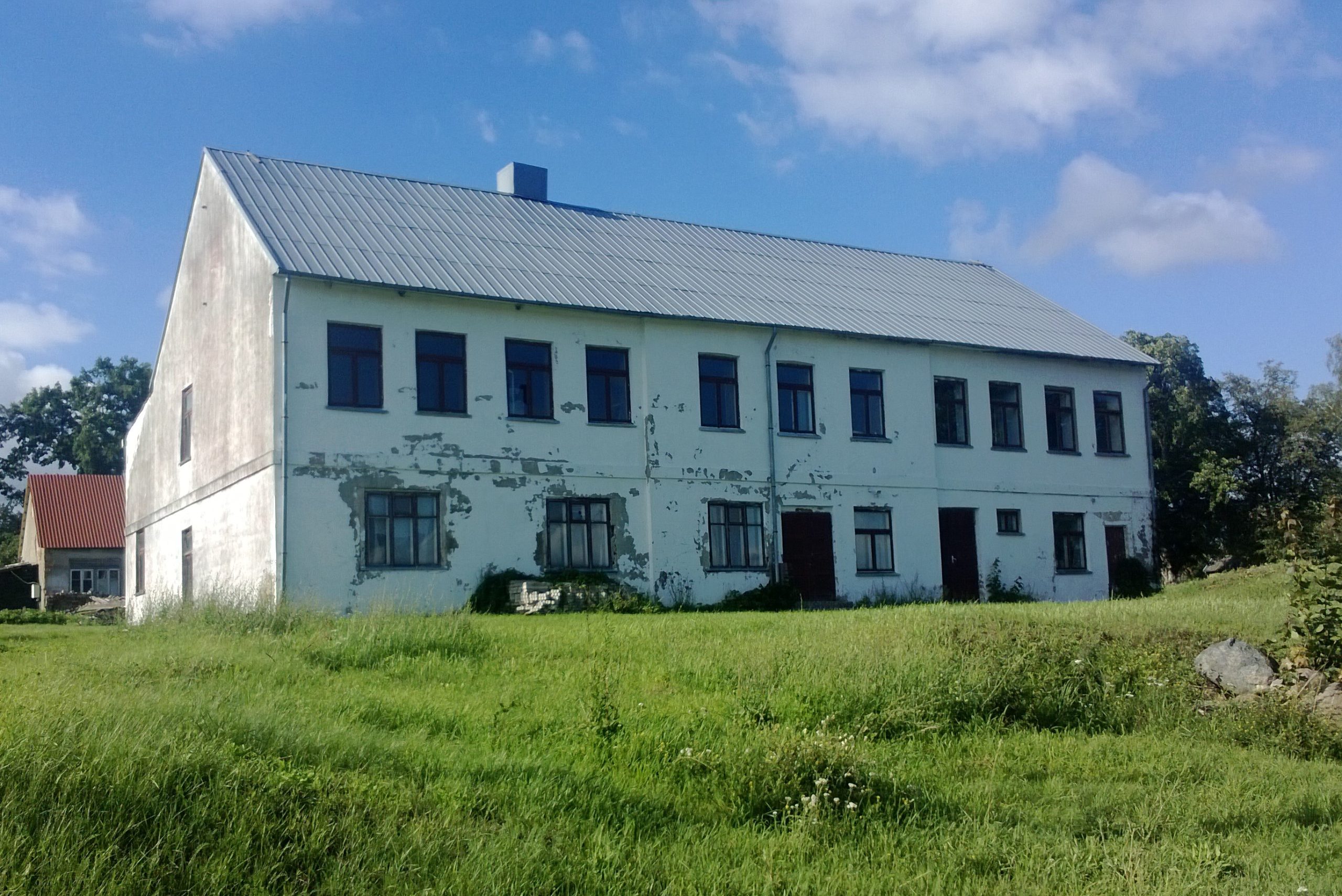
How Vodka Was Given to Fish: August Zenovich’s Journey to Karaliaučius
The Lithuanian Archive of Literature and Art holds the diary of Augustas Zenowicz (Zienowicz, 1793-after 1844), a clerk of the court of Naugarduk castle.
In 1829, while accompanying a delivery of grain on the Nemunas River to Königsberg, he worked as a translator and mediator of negotiations for the sale of goods. The diary was found and described in the context of the work of Wladysław Kondratowicz-Syrokomla (1823–1862) by Rolandas Gustaitis. However, the motives for the diary’s creation, the author’s personality, and the description of Prussian Lithuania and the city of Königsberg remained unclear. The diary allows for the reconstruction of the route of the journey, details concerning the travel infrastructure and the travelling party itself. The description of Königsberg which Zienowicz visited from 12 June to 8 August 1829 is particularly important. It reveals the feelings of the author, who belonged to the emerging Lithuanian intelligentsia, in a culturally and confessionally different sociotopographical space.
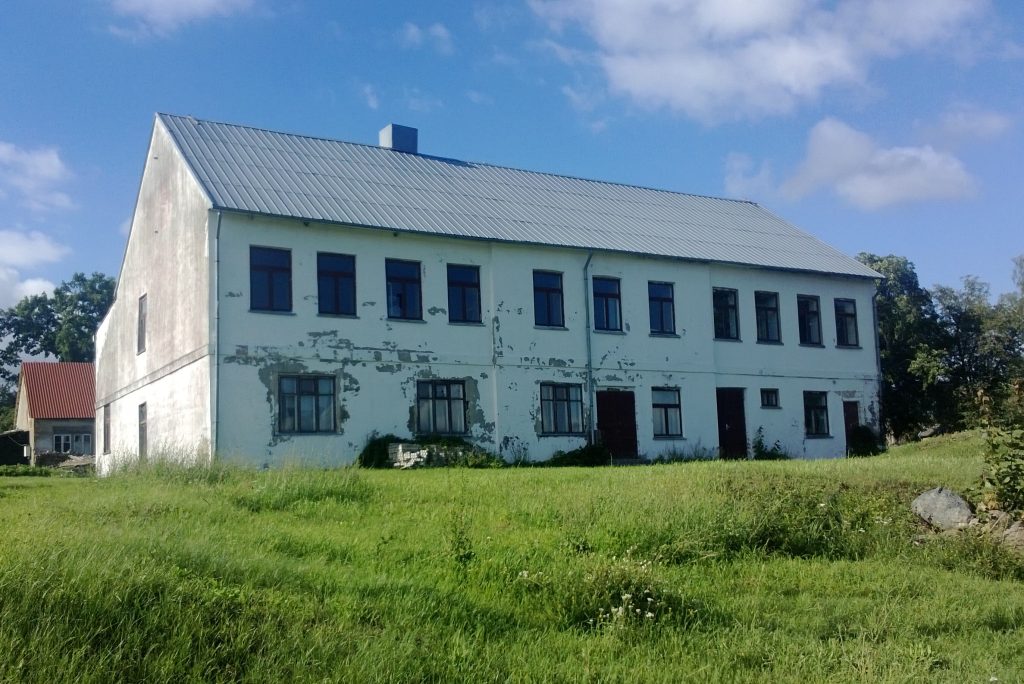
The diary is important for travel studies as an egodocument providing insights into the mentality of the former nobility of the Grand Duchy of Lithuania (GDL) and as a written artefact providing references to the ‘lost’ historical and cultural heritage of East Prussia and its interpretations in the context of the debate on what is ‘one’s own’, and what is foreign. Furthermore, Zienowicz’s diary reveals the mobility and everyday life of river travellers, merchants as an enterpreneurial segment of society that continued the tradition of raft trips dating back to the 16th century.
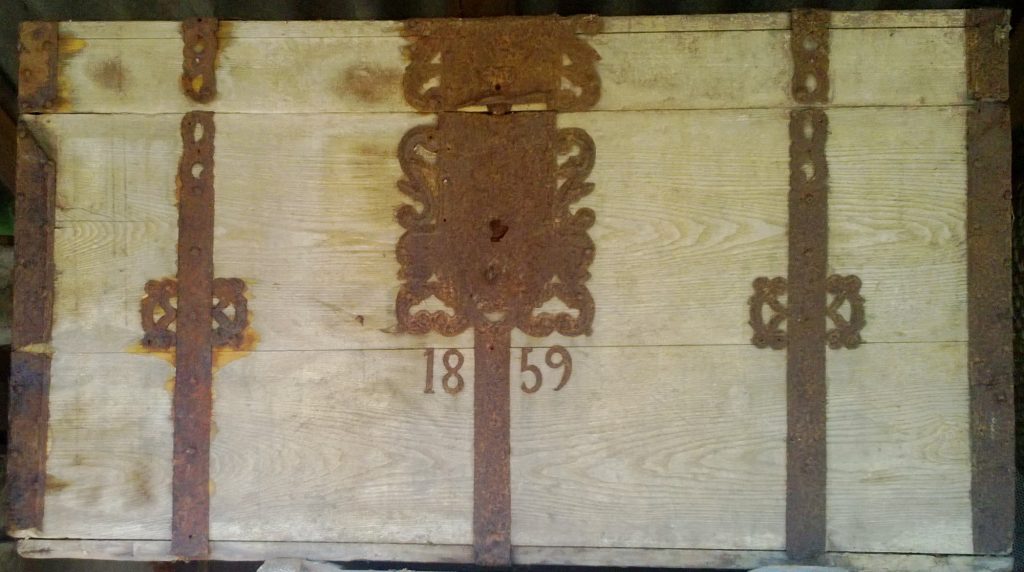
The route taken by Zienowicz and his travel companions is one of the traditional trade routes to Königsberg, established in the GDL: They travelled from Navahrudak by carriage via Vija, Konvališkės, Šalčininkai, Jašiūnai, Liubavas, Vilnius, Paneriai, Mūrinė Vokė, Trakai, Vievis, Žiežmariai, Kaunas; and from there by boat via Vilkija, Seredžius, Veliuona, Vilkija, Gelgaudiškis, Jurbarkas; and then by vytinė [Germ. Wittinnen, pol. Wicina] via Smalininkai, Ragainė (Ragnit), Tilžė (Tilsit), and Labguva (Labiau) to Königsberg. Zienowicz sailed back on the Nemunas to Darsūniškis, from where he took a carriage via Kruonis, Žiežmariai, Semeliškės, Valkininkai, Eišiškės, arriving at Rutka outside Navahrudak on 30 August 1829.
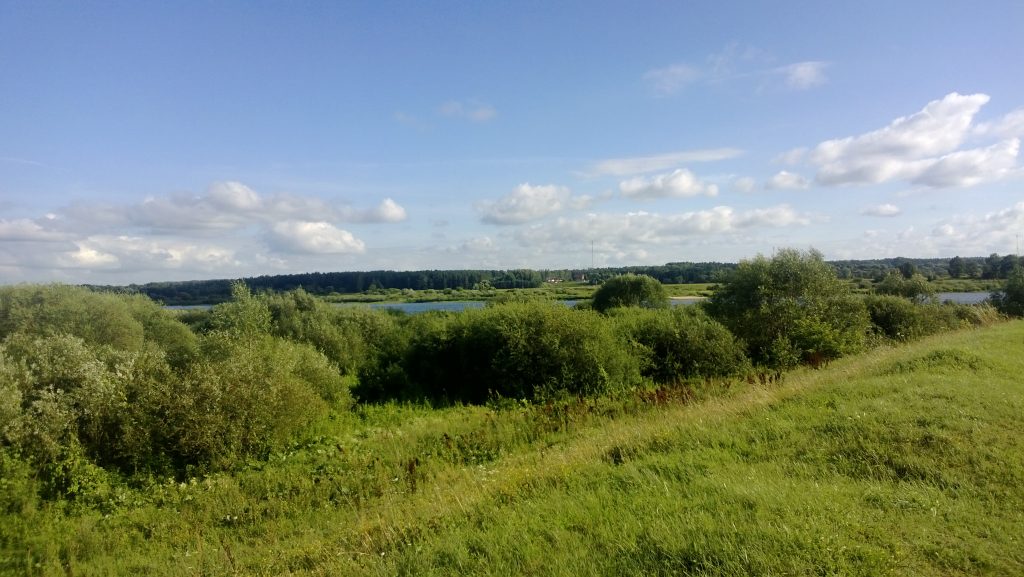
The diary contains informative descriptions of the towns and cities seen along the route, as well as a description of the inhabitants. Zenovičius spoke highly of Lithuanians. This is how he described the border town of Smalininkai, where customs procedures were carried out: The inhabitants of Smalininkai are peasants and merchants who settled here on the royal estates, having the opportunity to buy the land in instalments, most of them have bought the land by paying a little every year and have been living freely for a long time. The happiness on their faces, what beautiful people! What ruddy faces, what regular, pleasant features.
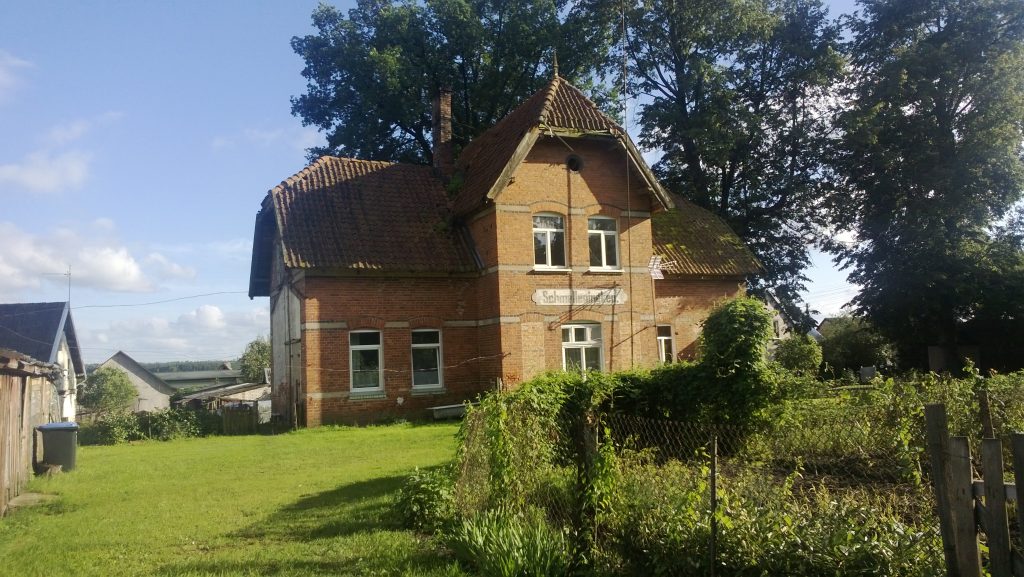
I have never seen villagers with such beautiful faces, nor any ugly old women walking with a stick, they are so serious and smile pleasantly! After greeting each other a few times, they all politely pass through the village, and there are very few people who don't wish me a good day or evening... Finally, there was a customs audit, but it went badly. Although we poured a lot of vodka into the Nemunas, and gave one bottle to another vytinė to assure them that they could have one and a half gorches (gorčius), it was classed as contraband. They found more grain, I don't know what the fines and customs charges will be. As for the vodka and salt, which was lost in the Nemunas, it has to be admitted that the audit was not carried out in a very rigorous manner, the bed linen was not turned out, the chests were not opened.
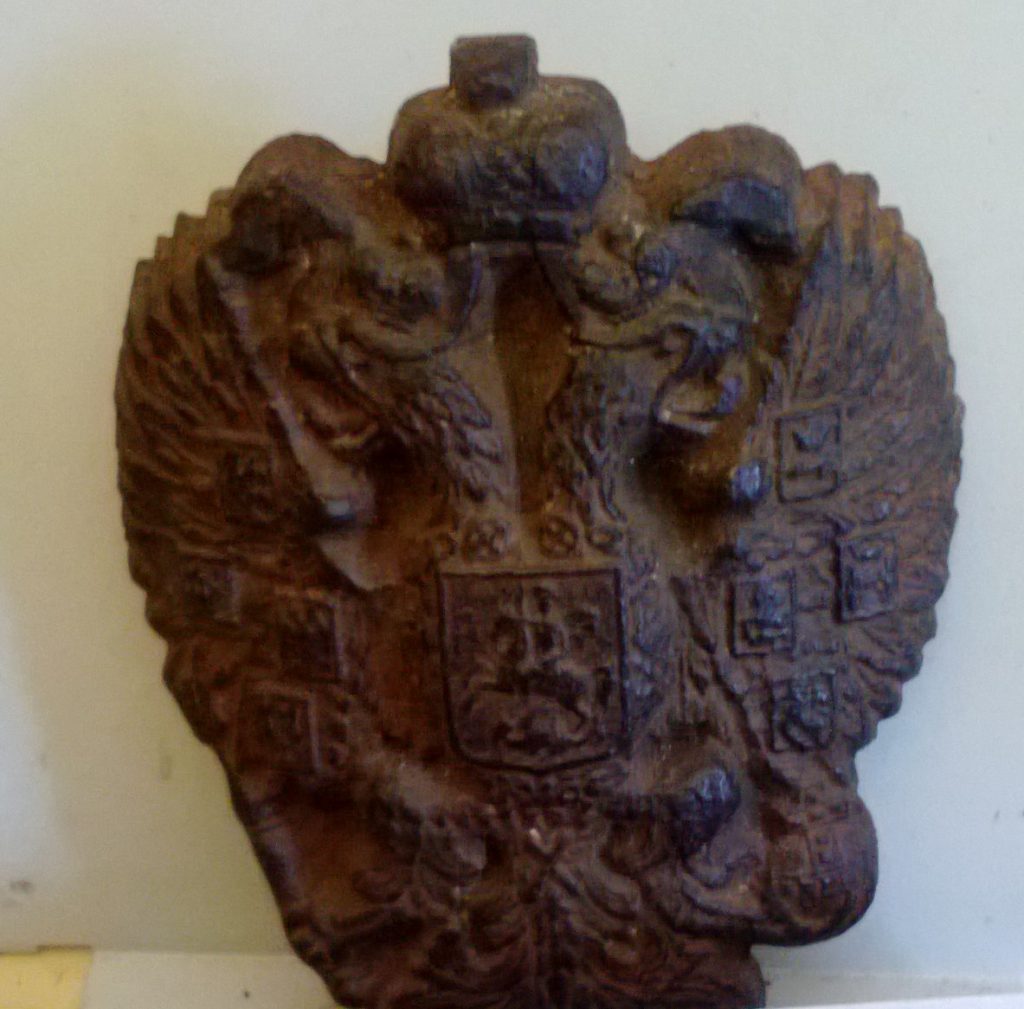
Sources: August Zienowicz, Dziennik podróży moiey do Królewca od dnia 5 Maja Roku 1829, Lietuvos literatūros ir meno archyvas (LLMA), f. 96, ap. 1, b. 267, lap. 2r-38v.; Vladislavas Sirokomlė, Nemunas nuo versmių iki žiočių. Vertė Stanislovas Žvirgždas ir Regina Koženiauskienė. Vilnius, 2020; Arvydas Pacevičius, Kelionių į Lietuvą XV–XIX a. pradžioje aprašymai: egodokumentalumo ir tipologijos problema, in Knygotyra 81 (2023), p. 7-37; Antanas Kulakauskas, Skaidra Žakarytė, Vladislavas Sirokomlė ir jo kelionių po Lietuvą aprašymai, iš: Vladislavas Sirokomlė, Iškylos iš Vilniaus po Lietuvą. Vertė Kazimieras Umbražiūnas. Vilnius 1989; Rolandas Gustaitis, Augustas Zienovičius – XIX a. pradžios Lietuvos keliautojas ir Vladislavo Sirokomlės kūrybos įkvėpėjas. Iš: Nuo kelionių iki turizmo istorijos. Sud. Robertas Jurgaitis, Vilnius 2019, p. 281-297.